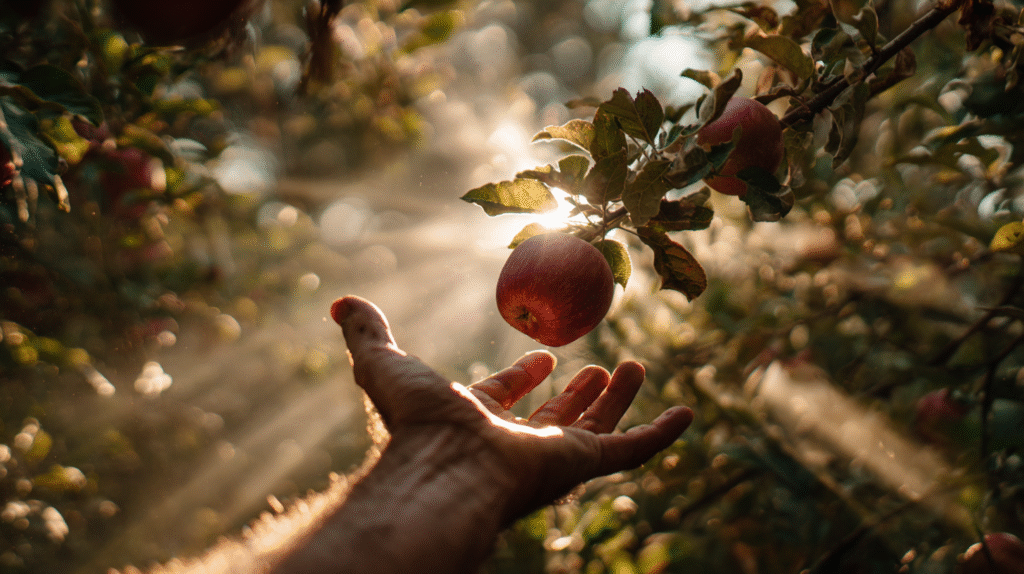In a sun-baked orchard somewhere in southern Europe, a wise old apple tree bends under a dazzling midday heat. Once its red fruit glowed in the gentle warmth of spring, but now those same branches must endure blistering summer scorch. This tree, like many others, is struggling — and its plight is a cautionary tale for fruit growers everywhere.
In the corridors of agricultural innovation, researchers are sounding the alarm: the varieties we grow today won’t cut it in tomorrow’s climate. More climate-resilient fruit varieties will be required in the future — that much is clear.
The Turning Point: A Hot-Climate Apple Steals the Spotlight
At Fruit Attraction 2025 — a global stage for fresh produce — an apple specially bred for hot climates took the spotlight, winning acclaim as a top fresh produce innovation. This apple isn’t just a novelty: it’s a signpost. It demonstrates what the fruit sector must now accept — that breeding must keep pace with rising thermal and environmental stress.
Why the Change Is Urgent
Weather is no longer gently unpredictable; it’s pushing extremes — heatwaves, erratic rainfall, extended droughts. Under these stresses, many existing fruit varieties falter: yields shrink, quality diminishes, and susceptibility to pests and diseases grows.
Without a step change in the genetic resilience of fruit crops, many regions will face serious challenges in maintaining fruit production under intensifying climate stress.
What “Resilience” Looks Like
So what does a climate-resilient fruit variety actually bring to the table?
- Heat tolerance — thriving under higher temperatures
- Water-use efficiency — doing more with less moisture
- Resistance to emerging pests and diseases — more problems arise under climate stress
- Stable yields under variable conditions — consistency even when conditions oscillate
In short: hardier, smarter, better adapted fruit is what’s needed.
Breeding for the Future
To get there, breeders are combining traditional methods with cutting-edge tools. New breeding programmes aim to deliver resilient varieties with better yields and reduced environmental impact.
In practice, that means:
- Tailored breeding projects that respond to the needs of producers, distributors, and consumers
- Use of molecular markers and genetic technologies to track desirable traits and speed development
- International collaborations to share germplasm, data, and expertise
One leading breeding organisation is placing strong emphasis on this approach — appointing a new research head, leveraging AI, and aligning its portfolio with these resilience goals.
The Path Ahead
The gist of the story is this: as climate pressures mount, the fruit sector must pivot. Growers, breeders, and policymakers alike must embrace a future where resilience is built in. The varieties we plant today should not only produce fruit — they must survive, flourish, and sustain supply chains under a changing world.
That scorching orchard, then, is more than just suffering: it’s a harbinger. The innovation spotlight shone on that hot-climate apple? That’s a glimpse of what lies ahead.


